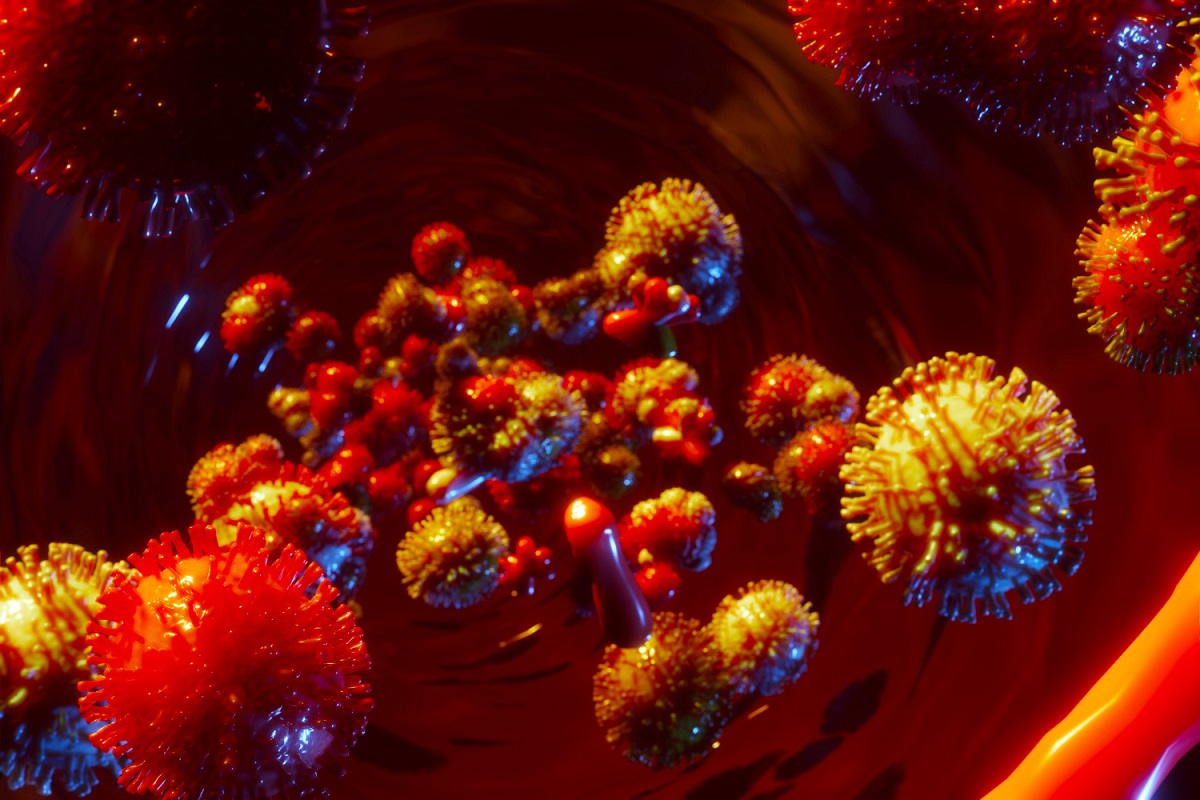KEY TAKEAWAYS
- The INTERLACE phase III trial aimed to assess if short-course IC before standard CRT improves survival outcomes in locally advanced cervical cancer patients.
- The primary endpoints were PFS and OS.
- Induction chemotherapy preceding CRT enhances survival in LACC, warranting its adoption as standard practice globally.
Locally advanced cervical cancer (LACC) is commonly managed with chemoradiation (CRT), yet metastatic relapse remains a significant concern. Initial findings from a feasibility study revealed promising response rates to short-course weekly induction chemotherapy (IC) preceding standard CRT.
Jonathan A. Ledermann and the team conducted a study that aimed to evaluate whether this sequential approach could enhance both progression-free survival (PFS) and overall survival (OS).
Women diagnosed with squamous, adeno, or adenosquamous carcinoma according to the FIGO (2008) staging criteria, including stages IB1 node positive, IB2, II, IIIB, and IVA, were included in the study. Participants were randomized in a 1:1 ratio to receive either concurrent chemoradiation therapy alone, consisting of 5 cycles of weekly cisplatin, or undergo IC followed by the same CRT regimen.
The IC regimen comprised 6 weeks of carboplatin dosed at an AUC of 2 and paclitaxel at 80mg/m2, followed by concurrent CRT in the seventh week. A minimum total equivalent dose in 2 Gy fractions (EQD2) of 78Gy to Point A was mandated, with 3D brachytherapy recommended. Quality assurance of radiation delivery was ensured across all participating centers.
The primary endpoints included PFS (with a target HR of 0.65) and OS (with a target HR ranging from 0.65 to 0.70).
About 500 patients were enrolled from 32 centers across 5 countries spanning from November 2012 to November 2022. The median age was 46 years (range 24-78 years). The distribution of cancer stages was as follows: 9% IB1/2, 77% II, 11% IIB, and 3% IVA. Of the patients, 57% were node negative, and 82% had squamous subtype. The allocation of patients into treatment arms was balanced.
In the IC arm, 92% of patients completed 5 or 6 cycles of carboplatin/paclitaxel, with a median interval of 7 days from IC to concurrent CRT. In comparison, 84% of patients in the CRT alone arm received 4 or 5 cycles of cisplatin. Completion rates for external beam and brachytherapy were high in both arms, with 92% and 89% respectively in the CRT arm, and 97% and 95% respectively in the IC/CRT arm. The median overall treatment time for CRT was consistent at 45 days in both arms.
Grade ≥3 adverse events were observed in 59% of patients in the IC/CRT arm compared to 48% in the CRT alone arm.
With a median follow-up of 64 months, the 5-year PFS rate was 73% in the IC/CRT arm and 64% in the CRT alone arm (HR 0.65; 95% CI: 0.46-0.91, P=0.013). Correspondingly, the 5-year OS rates were 80% and 72% respectively (HR 0.61; 95%CI: 0.40-0.91, P=0.04).
The findings suggest that induction chemotherapy followed by CRT offers substantial enhancements in both PFS and OS for LACC patients, potentially establishing a novel standard of care. INTERLACE’s diverse patient recruitment underscores the feasibility of this approach across global healthcare settings.
The trial was sponsored by University College London.
Source: https://sgo.planion.com/Web.User/AbstractDet?ACCOUNT=SGO&ABSID=618909&CONF=AM2024&CKEY=
Clinical Trial: https://www.clinicaltrialsregister.eu/ctr-search/search?query=2011-001300-35
Ledermann JA, McCormack M, Gallardo Rincón D, et al. (2024) “A randomized, phase III trial of induction chemotherapy followed by chemoradiation compared with chemoradiation alone in locally advanced cervical cancer: The GCIG INTERLACE Trial.” Presented at SGO 2024.



